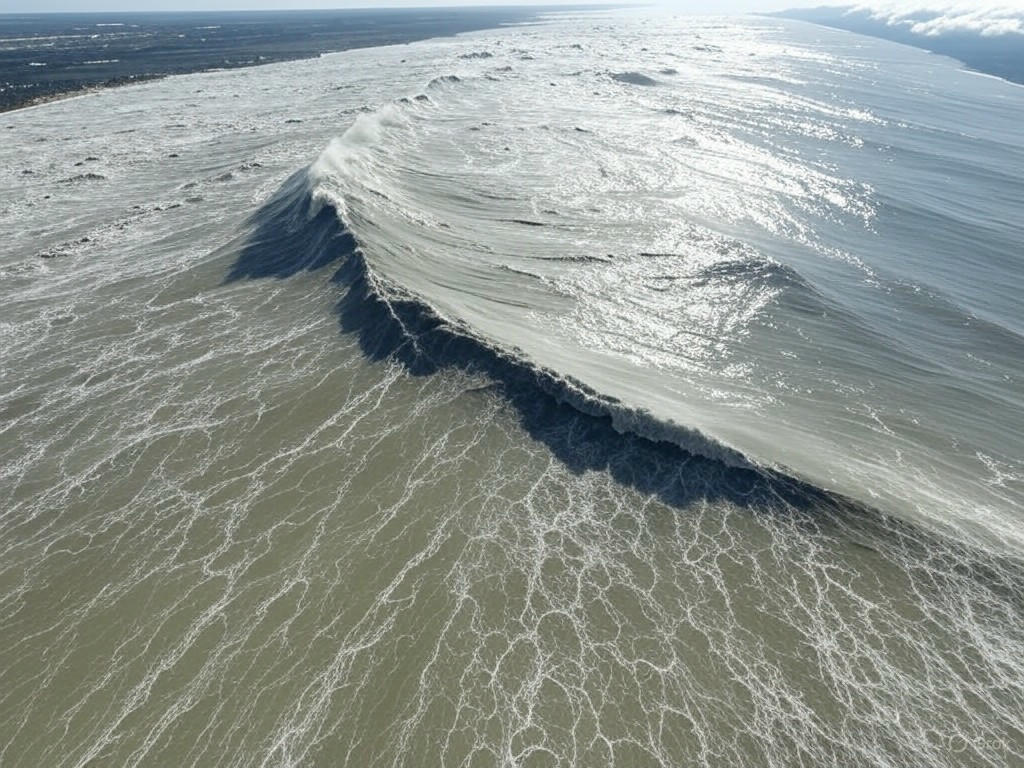Colossal 650-Foot Tsunami Rocks Earth: A Global Wake-Up Call from Greenland
In a staggering display of nature’s raw power, a colossal landslide in Greenland has triggered a 650-foot mega-tsunami, sending shockwaves across the planet. This catastrophic event, one of the most significant natural disasters in recent history, has left scientists and communities reeling as they grapple with its far-reaching consequences. The sheer scale of the wave, towering over skyscrapers, was a humbling reminder of Earth’s untamed forces, with effects felt far beyond the icy shores of Greenland.
The disaster began when an enormous chunk of rock and ice broke free from a towering cliff in a remote fjord. Plunging into the frigid waters below, it displaced an unimaginable volume of water, birthing a monstrous wall of liquid fury. This wave surged outward with unrelenting force, traveling hundreds of miles and impacting coastal regions across multiple continents. Satellite imagery, captured with state-of-the-art technology, revealed the haunting aftermath—submerged villages, shattered infrastructure, and landscapes forever altered by the deluge. What stunned researchers most, however, was not just the initial destruction but the prolonged seismic activity that followed. The Earth’s crust itself seemed to tremble for days, as if shaken by an unseen hand, with vibrations detected by monitoring stations as far away as Antarctica.
Beyond the immediate devastation, this event has sparked urgent discussions among scientists about the fragility of our planet in the face of climate change. Many experts believe that rising temperatures and melting glaciers played a critical role in destabilizing the Greenlandic terrain, setting the stage for the landslide. This disaster serves as a stark warning of what could lie ahead if global warming continues unabated. Coastal communities, already vulnerable to rising sea levels, now face the added threat of such mega-tsunamis, which could strike with little warning. Researchers are racing to improve early detection systems, using satellite data and seismic sensors to predict when and where the next catastrophe might occur. Yet, the unpredictability of nature remains a daunting challenge, leaving many to wonder how prepared we truly are for the next inevitable upheaval.
As the world watches in awe and horror, this Greenland mega-tsunami stands as a pivotal moment—a call to action for humanity to rethink its relationship with the environment. Governments and organizations must prioritize resilience, investing in sustainable practices and disaster preparedness to mitigate future risks. The haunting images of destruction, etched into our collective memory by cutting-edge technology, are not just a record of loss but a plea for change. While the Earth continues to rumble in the wake of this historic event, one thing is clear: nature’s voice cannot be ignored. We must listen, adapt, and act before the next wave rises to challenge us once more.


